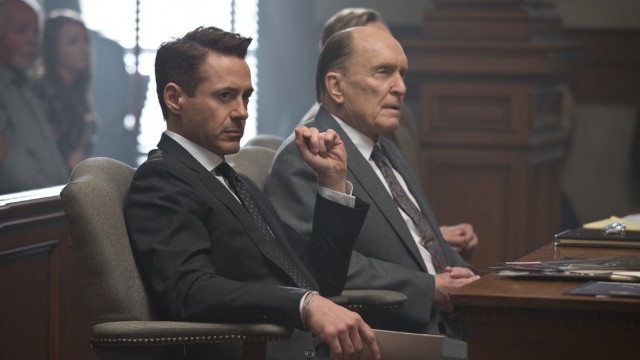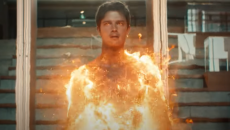David Rudderham
Connector Editor
“The Judge,” a film directed by David Dobkin and starring Robert Downey, Jr. and Robert Duvall, gets the courtroom drama genre right, but that is about it. The story involves high-powered and cynical Chicago attorney Hank Palmer who is being forced to go back to his hometown to defend his father, a small town judge, whom is being accused of vehicular manslaughter.
The basic premise is fine and actually aroused my interest initially. However, the problem is that the story gets told in a formula that moviegoers have found sickening: it becomes predictable to the point of monotony while leaving much to be answered.
And even still this isn’t the film’s greatest sin. The movie boasts an all-star cast of well-known heavyweights, but a lot of them are playing characters that are barely on the screen.
For example, take the character of Samantha Powell, played wonderfully by Vera Farminga, who is the love interest of Robert Downey, Jr’s character, the fast-talking Hank Palmer. You would think a script that follows a strict Hollywood formula would know how to develop that relationship, but you’d be wrong.
Their love story, a clichéd one involving growing up together in a small town in Indiana, has so much backstory to it that you’re left putting pieces of their past together to try and create a more cogent love plot. It only adds to the problem that Samantha Powell isn’t really on-screen that much.
The audience is left asking a lot of questions as a result of the writers trying to over-dramatize smaller aspects that aren’t part of the main story and therefore can’t possibly get enough screen time for proper development.
I saw the same problem involving the story of Hank’s two brothers, which I actually thought was a beautiful story and far less cliché than the other small stories that fight for time on screen; once again, though, you’re left piecing together the puzzle yourself. How did the brothers react to Hank crashing his car when he was 18? Have they forgiven him for leaving them in Indiana when he went off to Chicago to become a high-powered lawyer? There are so many possibilities for powerful scenes within the backplot that never come to fruition on the screen.
To be fair, the scenes that do appear are very powerful and Robert Duvall’s performance as the judge and Hank’s father was so amazing that I don’t blame the producers for making that story the centerpiece. So, while the film has underdeveloped secondary characters, it’s redeeming charm is in the acting performances and cinematography.
Unfortunately, the clichés do, at some points, become unbearable. I now know that I never again want to see Robert Downey, Jr. close his eyes and ride a bike with his arms extended. I understand it was supposed to be a turning point scene where he falls in love with his hometown again, but did he have to close his eyes while sappy music plays in the background? Did he really have to put his arms out like he was standing on the front of the Titanic with Leo behind him?
The best way for me to sum up this film is that it serves up a formula too structured to be radical, avant-garde or considered for deep artistic merit and yet the execution of the formula is so haphazard that it could never be on the same realm as a typical Hollywood popcorn flick catered to teens.
I actually do recommend seeing this film in the sense that, despite it’s flaws, is still a better movie than most of what is out there right now. But if being the least bad film in a theater is an accomplishment, then I guess so is owning the most fuel efficient Hummer.
So go see it. I promise you won’t be disappointed, but extremely apathetic towards the state of the film industry – that’s a sensitive topic I really don’t want to go into right now.




